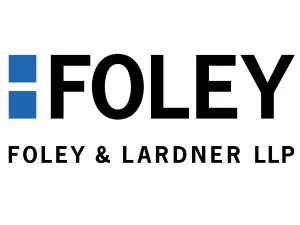- within Criminal Law, Government, Public Sector and Insurance topic(s)
Today, the Nobel Prize in Physics was awarded to Geoffrey Hinton and John Hopfield for their pioneering contributions to machine learning, marking a significant milestone in the history of artificial intelligence. Their work in the 1980s laid the foundation for artificial neural networks, a type of computer architecture that mirrors the brain's ability to recognize patterns and learn by example. These neural networks form the cornerstone of many AI technologies today. By enabling machines to "learn" from example data, their breakthroughs continue to drive innovation across industries, shaping the future of technology in profound ways.
Two scientists credited with laying the "foundation of today's powerful machine learning," University of Toronto professor emeritus Geoffrey Hinton and Princeton University professor John Hopfield, were awarded the Nobel Prize in physics today. Their discoveries and inventions laid the groundwork for many of the recent breakthroughs in artificial intelligence, the Nobel committee at the Royal Swedish Academy of Sciences said. Since the 1980s, their work has enabled the creation of artificial neural networks, computer architecture loosely modeled after the structure of the brain. By mimicking the way our brains make connections, neural networks allow AI tools to essentially "learn by example." Developers can train an artificial neural network to recognize complex patterns by feeding it data, undergirding some of the most high-profile uses of AI today, from language generation to image recognition.
The content of this article is intended to provide a general guide to the subject matter. Specialist advice should be sought about your specific circumstances.


